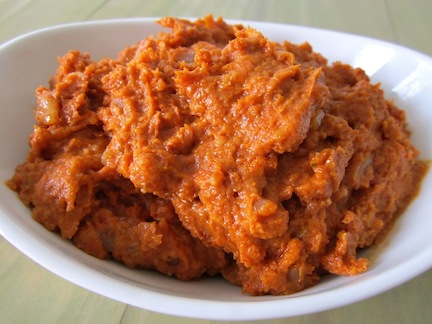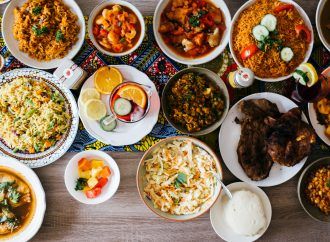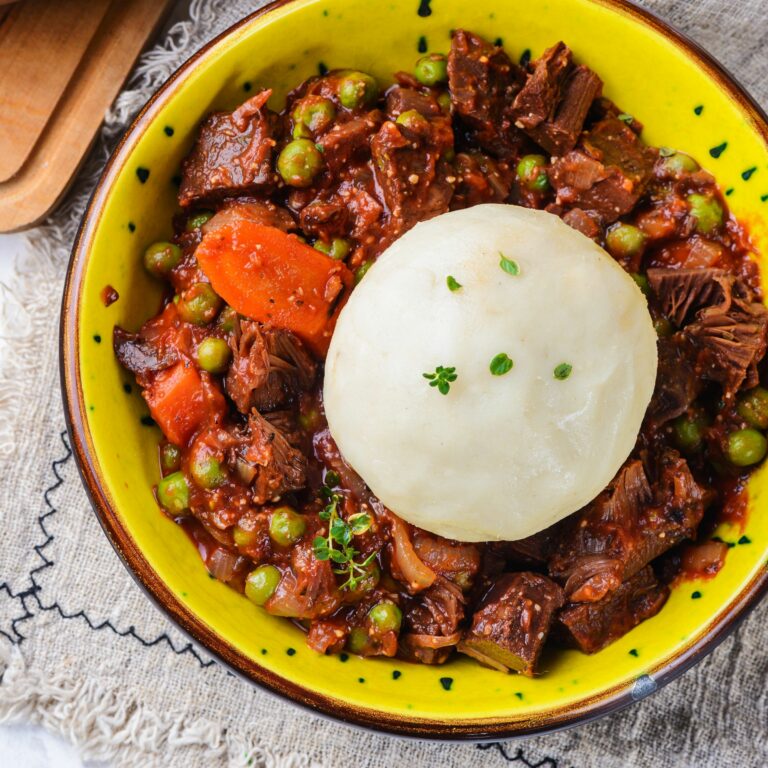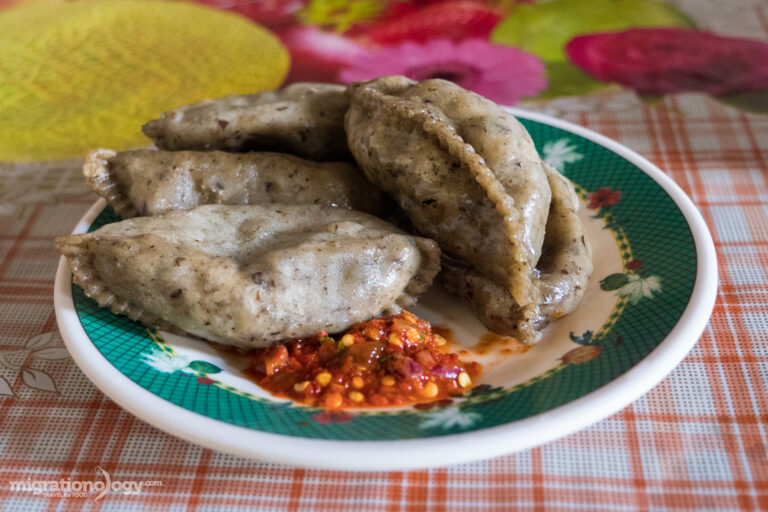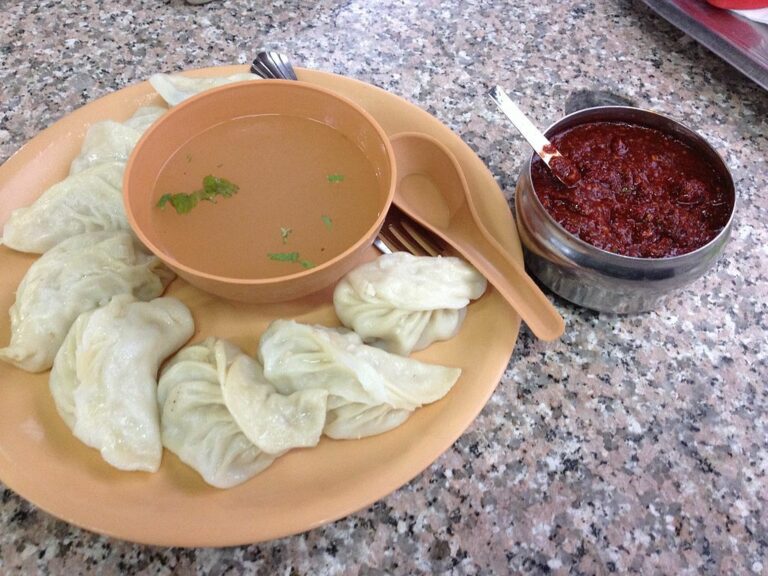Introduction: Beninese Cuisine
Beninese cuisine refers to the food and cooking practices of the West African nation of Benin. The cuisine is characterized by the use of locally-sourced ingredients, such as cassava, yams, plantains, beans, and various meats and seafood. Beninese cuisine is known for its unique flavors, which are derived from the use of a variety of spices, herbs, and seasonings.
Traditional Cooking Techniques
Beninese cuisine makes use of a variety of traditional cooking techniques, such as grilling, smoking, and cooking with clay pots. These techniques have been passed down through generations and are still widely used today. Traditional cooking techniques are used to infuse flavor into dishes and to cook food to perfection.
Importance of Palm Oil
Palm oil is a staple ingredient in Beninese cuisine and is used in a variety of dishes. Palm oil is used to fry, sauté, and stew various ingredients, and is also used to make sauces and dressings. Palm oil is a traditional ingredient in West African cuisine and is valued for its rich flavor and nutritional content.
Grilling and Smoking
Grilling and smoking are popular cooking techniques used in Beninese cuisine. Grilling is often done over an open flame, while smoking is done over a slow fire. These techniques are used to cook a variety of meats, including fish, chicken, and beef. Grilling and smoking infuse a smoky flavor into the meats and give them a unique texture.
Seasoning with Locally-sourced Ingredients
Beninese cuisine is known for its use of locally-sourced ingredients, such as herbs, spices, and seasonings. These ingredients are used to add flavor and depth to dishes. Some commonly used herbs and spices in Beninese cuisine include ginger, garlic, thyme, and cilantro.
Cooking with Clay Pots
Cooking with clay pots is a traditional cooking technique in Beninese cuisine. Clay pots are used to cook a variety of stews, soups, and casseroles. Clay pots are valued for their ability to retain heat and cook food slowly, resulting in tender and flavorful dishes.
Fermented Foods and Beverages
Fermented foods and beverages are an important part of Beninese cuisine. These include dishes such as gari, a fermented cassava product, and beverages such as palm wine, a popular alcoholic drink made from the sap of palm trees. Fermentation is used to preserve food and to add flavor and nutritional value.
In Conclusion: Unique and Flavorful Cuisine
Beninese cuisine is a unique and flavorful cuisine that reflects the culinary traditions of West Africa. The cuisine is characterized by the use of locally-sourced ingredients, traditional cooking techniques, and a variety of spices, herbs, and seasonings. Whether you are a food lover or an adventurous traveler, Beninese cuisine is definitely worth trying.

